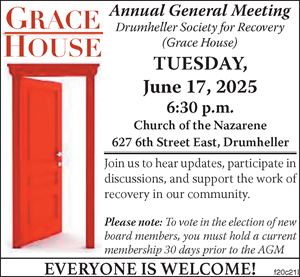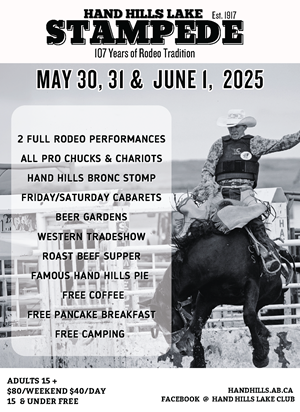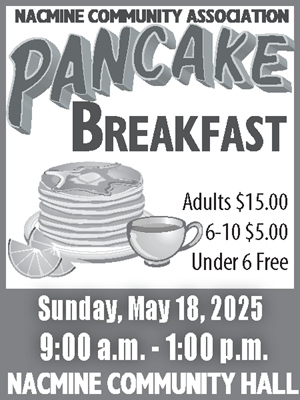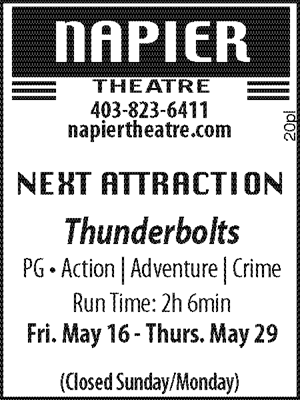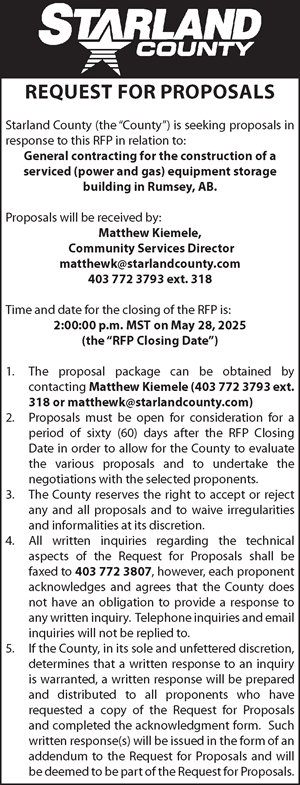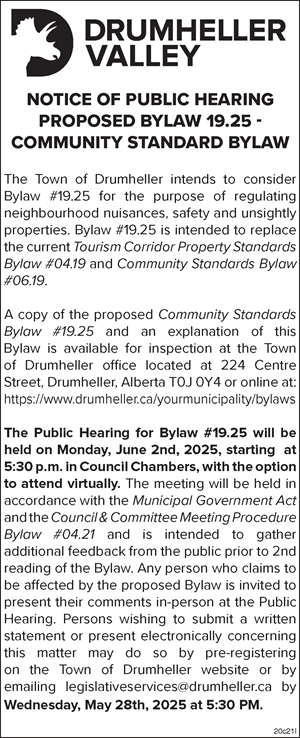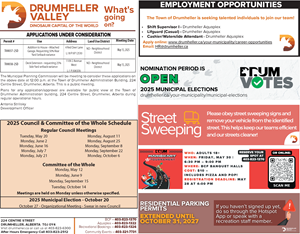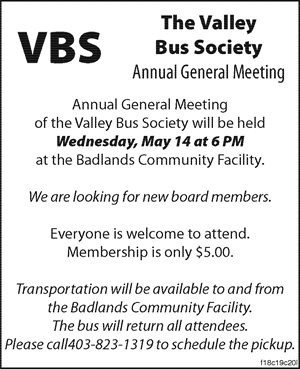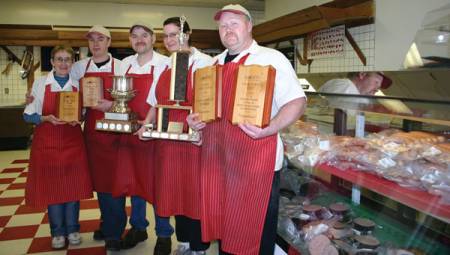 Drumheller Riverside Packers went to the Alberta 2010 Meat Industry Convention and Trade Show on Friday, March 12 in Edmonton, armed with their best ham, bacon, sausages and pepperoni and came back with armful of trophies, including the top one: the Challenge Cup for the best overall results.
Drumheller Riverside Packers went to the Alberta 2010 Meat Industry Convention and Trade Show on Friday, March 12 in Edmonton, armed with their best ham, bacon, sausages and pepperoni and came back with armful of trophies, including the top one: the Challenge Cup for the best overall results.
Over 200 people came to the trade show and convention, organized bi-annually by the Alberta Food Processors Association to exchange information and knowledge through networking and to see presenters discussing marketing, new technology input to products and government programs.
It is also an opportunity to showcase products as there are two competitions to enter: the People’s Choice and the Processed Meat.
This year, 12 plants across Alberta entered the competition.
For the Processed Meat competition, exhibitors were judged on bacon skin on, bone in ham (fully cooked), back bacon, large casing sausage (cooked and smoked min. 4 inch casing), small casing sausage (cooked and smoked max 40 mm casing), emulsion sausage (any cashing form).
In this competition, Riverside Packers received:
- Gold on small casing sausage.
- Bronze on large casing sausage.
- Bronze on emulsion sausage.
- Bronze on boneless ham.
- Silver on bacon
- Gold on back bacon
- Gold on bone-in ham.
The People’s Choice competition relates to jerky, pepperoni and deli trays. Riverside Packers picked up third place for pepperoni as well as for the deli tray.
During the dinner on Saturday night, they were awarded with the Challenge Cup for the best overall results, with 626.75 points out of a maximum of 700.

 The Parking Task Force met with Tony Chelick, operations manager from Alberta Transportation and Jay Magus, senior project manager from iTrans, the consulting company which carried out the traffic flow analysis, in a public meeting on Wednesday, March 24 at Town Hall.
The Parking Task Force met with Tony Chelick, operations manager from Alberta Transportation and Jay Magus, senior project manager from iTrans, the consulting company which carried out the traffic flow analysis, in a public meeting on Wednesday, March 24 at Town Hall.
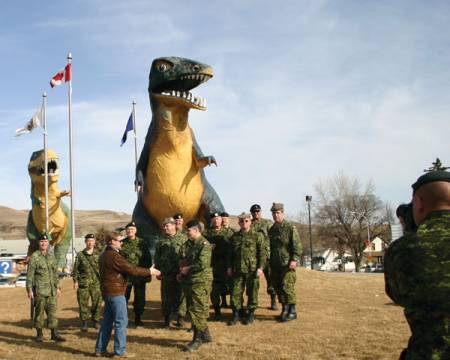 The Town of Drumheller and Starland County provided the setting for an Army Reserve training exercise during the weekend of March 19-21.
The Town of Drumheller and Starland County provided the setting for an Army Reserve training exercise during the weekend of March 19-21.









